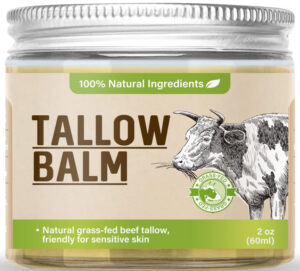No products in the cart.
No products in the cart.
The simple act of kissing, a seemingly universal human behaviour, has captivated the minds of philosophers, scientists, and poets for centuries. While its origins remain shrouded in the mists of prehistory, the complex interplay of biological, psychological, and cultural factors that underpin this intimate gesture has become a fascinating subject of study.
One compelling theory posits that kissing evolved from grooming behaviours observed in our primate ancestors. Grooming, the meticulous cleaning of fur, serves as a vital social bonding tool, strengthening relationships and reducing stress. As humans evolved, this behaviour may have transformed into kissing, where lips replace fingers to express affection and closeness.
This hypothesis is supported by the observation of kissing-like behaviours in various primate species. Bonobos, for instance, engage in frequent lip-smacking and kissing as a form of social bonding and conflict resolution. While these behaviours may not mirror the passionate kisses of humans, they share a common thread: the use of physical contact to reinforce social connections.
Another intriguing theory suggests that kissing may have originated from a more primal behaviour: the transfer of food from mother to infant. Early humans, like many mammals, would have fed their young by regurgitating partially digested food. This act, involving close physical contact and the exchange of saliva, may have laid the foundation for the development of kissing as a form of intimacy and affection.
Over time, as humans evolved and developed more sophisticated methods of food procurement and preparation, the act of regurgitation became less necessary. However, the underlying behaviour of sharing food and providing oral stimulation persisted, evolving into the more nuanced and complex act of kissing.
The act of kissing triggers a cascade of neurochemical reactions in the brain, contributing to its pleasurable and rewarding nature. Key neurotransmitters involved in this process include:
The release of these neurochemicals during a kiss creates a sense of euphoria and intimacy, reinforcing the bond between partners.

Kissing is a multisensory experience that engages multiple senses, including:
The combination of these sensory inputs creates a rich and complex experience that can be both physically and emotionally satisfying.
While kissing is a widespread human behaviour, cultural norms and customs surrounding kissing vary significantly across different societies. In some cultures, kissing is a public display of affection, while in others, it is considered a private act. The types of kisses exchanged, the frequency of kissing, and the social context in which kissing occurs can all vary widely.
Despite these cultural differences, kissing remains a powerful tool for expressing love, passion, and intimacy. It is a universal language that transcends cultural boundaries and connects people from all walks of life.
The advent of digital technology has transformed the way we communicate and interact with one another. While online dating and virtual relationships have become increasingly common, the question remains: Can digital technology truly replicate the intimacy and connection of a physical kiss?
While virtual reality and augmented reality may offer immersive experiences, they cannot fully replace the tactile, olfactory, and gustatory sensations of a real-life kiss. The human touch remains an essential element of our social and emotional lives, and the simple act of kissing continues to hold a special place in our hearts and minds.
If you need any further information or assistance with this article, don’t hesitate to Contact Us
If we can’t be there with you, we will be there for you
The information provided in this article is intended for general knowledge and informational purposes only and does not constitute professional medical or psychological advice. While the content has been carefully researched and reviewed by a qualified practitioner, it is important to note that individual experiences and needs may vary.
It is crucial to consult with a qualified mental health professional for personalized advice and treatment tailored to your specific circumstances. This article should not be considered a substitute for professional counselling or therapy.
The author and publisher of this article assume no responsibility for any adverse effects or consequences resulting from the use of the information provided herein.



